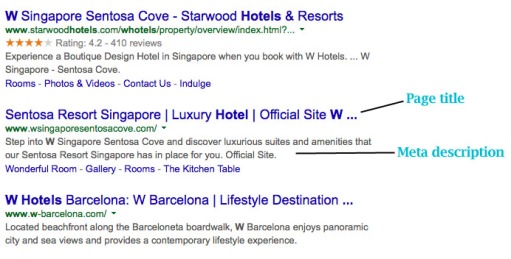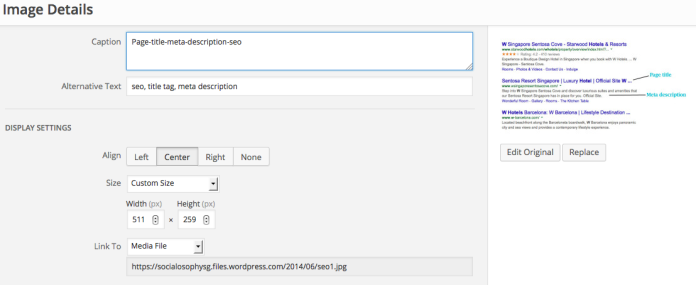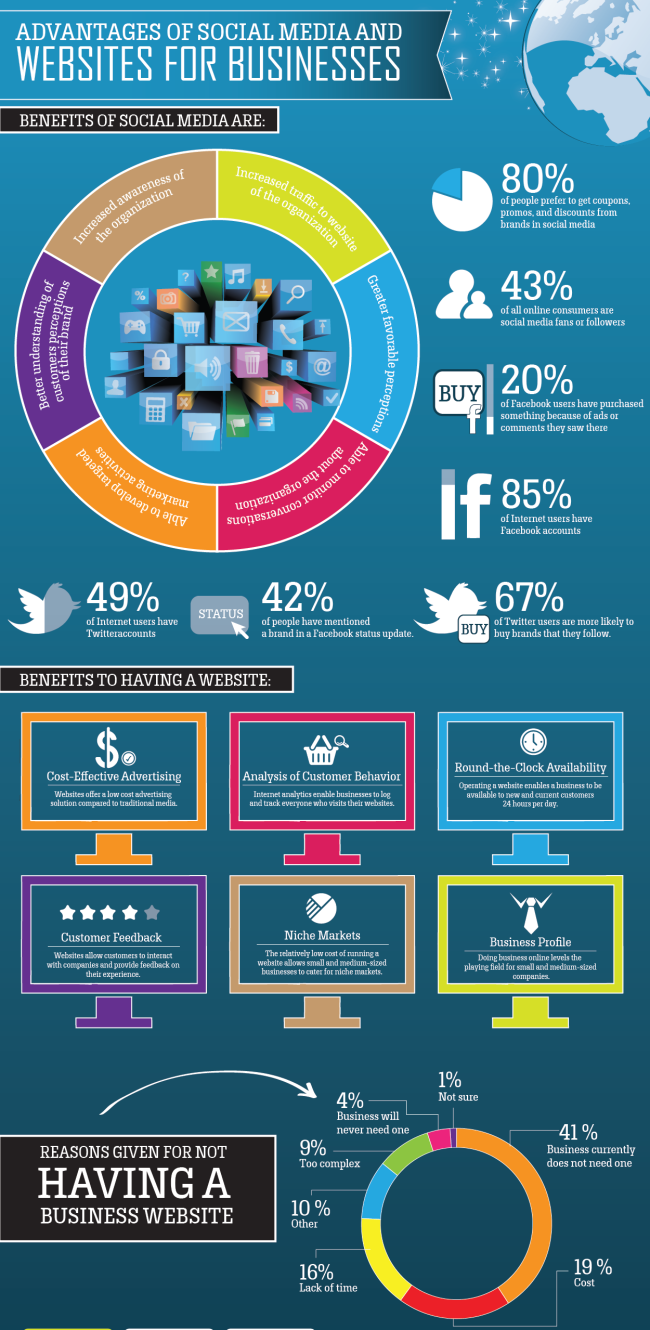Nowadays, it is not a need now to have your website to be responsive (meaning it has to be able to adapt to the various devices’ screen sizes, i.e. PC, tablet, smartphones), but a MUST!
websites
Social Network Activity: Mobile vs Desktop
How important is Search Engine Optimization (SEO)?
Many of our first “interaction” with a business starts from an online search. Up to 90% of buying decisions start with an online search. Ranking first on Google will produce over 40% of all clicks on that search term. Over 90% of all clicks from search happen on the first page of the search engine results. What is great about SEO is that the traffic is totally “free”. Unlike Pay-per-click (PPC) campaigns, you sometimes need big budgets to rank within the top 3 for your relevant keywords. That’s not saying PPC campaigns are not good, they do enable a business to have more immediate results compared to SEO. SEO is a longer-term work process. Frankly, a good digital marketing strategy cannot just depend on one method. Thus, how do you get Google, Yahoo and Baidu to deliver traffic without having to paying a cent?Here are some tips:
7 On-Page Optimizing Tips
1: Title tag
Keywords should be placed into the title tag of your website home page and each sub page. Differentiate each of your webpages a different title tag, with no more than 70 characters. Start with the most important keywords then the less important ones, separating them by the vertical hyphen “|”.
Avoid using a single title tag across all of your website’s page or groups of pages. Create a unique title tag for each page will help search engines recognize how each page is distinct from the others on your website.

2: Meta desctipion
This is the call-to action for your page. Write an enticing message copy that is informative, contain as many keywords as possible, and inspire people to click on your page. the length limitation is around 140 characters, so try to succinctly write your descriptions within that. Avoid using generic descriptions, write something relevant to the content on your website.
Optimizing the images you use in your webpage is another useful tip. Don’t forget to name your images with keyword-rich names as well. We apply this for all the images we use on this blog as well! Here’s an example:

4. Optimize your on-page content copy
You need to also optimize your copy writing. When preparing your written material, skilfully place keywords in a strategic way into your copy. Do not write it just for the purpose of SEO, stuffing it with keywords and causing the whole copy to not make any sense eventually. The ideal keyword density (keywords/total word count) is around 2 – 7%. Some businesses want their websites to look good, they make use of lots of images, designing their text content onto the images itself. This is not a good practice. Google is not able to scan through the words on an image file. Thus, a website should have their content in actual text format for easy identification by the search engines.
5. Have a SEO-friendly website
Flash or JavaScript-built websites, make it difficult for Google to identify the information contained inside for ranking them. Many of us know that Flash is not supported by Apple and its devices, which would add to the unfriendliness of your website to search engines as well.
6. Have a well-organized site structure
A well-organized website is one that makes it easy and intuitive for visitors to find what they are looking for. The easier it is to use, the longer users will stay on your webpage, and the more likely they be converted into customers. A good website structure also makes it easy for you to expand your site logically in the future. Specific ways you can organize your website more effectively, is to ensure that every page of your website is no more than two levels deep from the home page (i.e. it should not take more than two clicks to go from the home page to any page of your website). This assists search engines that aren’t designed to look through all the levels of your webpages for building its rankings.
7. Short, keyword-rich website URL structure
When defining your URL structure, always aim to use key keyword-rich wording, and favour short URL’s over lengthy ones. Some URLs are long, and ends with numbers which don’t make any sense.
Creating descriptive categories and filenames for the documents on your website can not only help you keep your site better organised, but it can also lead to better crawling of your documents by search engines. It will also lead to friendlier URLs for those that want to link to your content. Visitors can be intimidated by extremely long or cryptic URLs that contain few recognizable words in it.
At Socialosophy, we propose solutions that ensure a SEO friendly website. Our website packages includes basic SEO to help launch your website to greater success!
Get a FREE Website
Good news for SME business owners! The Singapore government is putting in a lot of effort to encourage businesses to take the first step in adopting and implementing technology to improve business efficiency and productivity. They are now paying you to have a website! The 2 available schemes are PIC offered by IRAS, and ICV offered by Spring Singapore.
Enhancements announced in the 2014 Budget
The PIC grant is now extended to all types of websites, static, corporate, CMS, E-Commerce, etc. You may want to seriously consider revamping your website now to increase your branding and productivity.
PRODUCTIVITY & INNOVATION CREDIT (PIC) SCHEME
Offered by IRAS, websites are eligible for PIC and PIC Bonus. PIC Bonus will only be offered to end of this year, do not wait anymore, take advantage of the opportunity now!
PIC
- Your business can enjoy 400% tax deductions or 60% cash payout for investment in innovation and productivity improvements under the PIC scheme.
PIC Bonus
- The PIC Bonus gives businesses a dollar-for-dollar matching cash bonus for YAs 2013 to 2015 (meaning all work and costs have to be completed and incurred by Sep 2014. The last claim for this year has to be made by Oct 2014), subject to an overall cap of $15,000 for all 3 YAs combined.
- This is given on top of the existing 400% tax deductions or 60% cash payout under the PIC scheme. The PIC Bonus is taxable.

Who Can Apply?
Businesses eligibe for the PIC Bonus are sole-proprietors, partnerships and companies that have:

For more information on the PIC scheme, visit here.
INNOVATION & CAPABILITY VOUCHER (ICV)
Offered by Spring Singapore, each businesses can apply up to a maximum of 2 vouchers to implement solutions out the the available 8 vouchers. Each voucher is valued at $5,000. Businesses may apply with Spring to support the solution on a reimbursement basis. The reimbursement will be made directly to the business. All purchases must be made only after the indicated solutions/items have been approved in the application.
A website will fall under the category of “technical solutions”.
Applications will be approved between 2-5 days by Spring. The solution/items have to be purchased or completed within 6 months from approval. Claims and disbursements will be processed within 2-4 weeks upon submission of all required documents.
Who Can Apply?

For more information about the ICV scheme, visit here.



